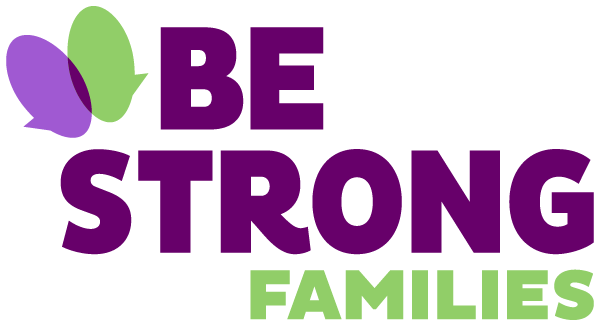Leading WITH Your Board of Directors as a Non-Profit Exec
As an executive director (ED) of a non-profit, building a strong, collaborative relationship with your board of directors is crucial. Many EDs hesitate to communicate openly with their board due to fear of a perceived power differential, but it's essential to remember that while you report to them, no one else does. You are in charge of your staff and operations. If you’re doing your job well, the board will respect and support your leadership. They are looking to you to lead and to structure their role so that they can make a meaningful contribution without it taking too much of their time and energy (they are volunteers which means they generally have lots of other obligations! and this is important to remember as it works in your favor.)
Effective communication is key. Regularly share financial updates, executive director reports, and any other pertinent information to keep them in the loop. By doing so, you ensure that the board has a clear understanding of the organization’s health and progress.
Board meetings should be productive and engaging. Always include actionable items—approving minutes, budgets, or new board members. This helps keep the board focused and active in their governance role. Also, don’t forget that your board members are volunteers who want to feel valued and contribute meaningfully. Take time to engage with them individually, learning about their passions and expertise, and find ways to integrate those into your work.
When preparing for a board meeting, be organized. Send an agenda in advance to the board chair and discuss the priorities. Be confident in your decision-making and always appear knowledgeable and decisive, while also being honest and open when needed. By building trust, you create an environment where your board is not just governing but also contributing meaningfully to your organization’s success.
As a non-profit executive, strategic relationship-building is a significant part of your role, and board relations should be a priority. Dedicate at least 20% of your time to engaging with board members through one-on-one conversations, attending committee meetings, and providing regular updates. Committees, both ad hoc and standing, offer valuable support. For example, committees like Finance, Board Development, Policy, and Program can assist with key organizational functions. Ad hoc committees, such as one to update the employee manual, can address specific needs as they arise. Your bylaws may specify certain standing committees, but these can be adjusted with a board vote as necessary. Additionally, you are in the best position to recruit and nominate board members based on the expertise you identify as necessary for the organization’s growth and impact.
Never go into a meeting with a board member unprepared. Always be clear on the purpose of the discussion, have relevant documents or data at hand, and be ready to answer questions. After any meeting or important conversation, follow up with a confirming email summarizing key points, actions, and next steps. This not only shows professionalism but also helps ensure everyone is on the same page moving forward.
As board members take on leadership positions, such as leading committees or representing the organization in meetings, it's essential to "staff" them with the right support. Provide guidance, resources, and clear expectations as they take on these roles. Ensuring they feel supported and well-prepared will empower them to lead effectively and confidently. More on how to staff board members and committees will be covered in the next blog post.
If you don’t lead them, they will take over—and not in a good way. Without clear guidance, board members can overstep their role, leading to micromanagement or uninformed decision-making. This will end up taking up more of your time, as you’ll need to do damage control and redirect them from making decisions they don’t have enough information to make. They don’t know as much about the operational details as you do, so it’s crucial to keep them informed and avoid letting them get into the weeds. When they understand their governance role and feel supported, you’ll spend less time putting out fires and more time moving the organization forward.
Some tools can streamline communication and ensure board members are well-equipped to govern effectively. For instance, Zeck -- my absolute favorite -- can help you manage board meetings, track progress on action items, and keep all stakeholders aligned. Tools like these allow for transparent communication and easy access to essential documents, reducing the administrative burden and helping your board focus on high-level strategy. These systems can support both you and your board in staying organized and efficient, fostering stronger collaboration and governance.
